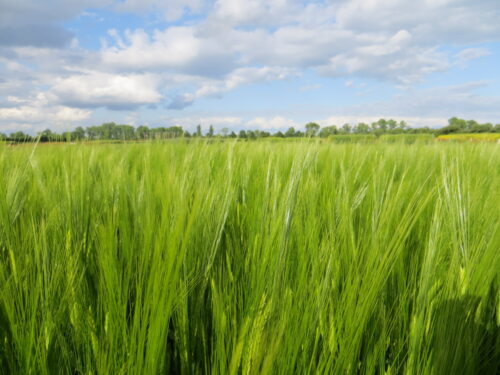Image courtesy of Flickr.
Summer is for squashes, and autumn is for apples. But what happens during the winter? In fields left empty between crop seasons, wind and rain can erode away the soil, depleting nutrients and depositing it into water sources. Cover crops such as cereal rye—which are planted not to be harvested, but to cover the soil—can help protect the land. Yale researcher Stephen Wood and Soil Health Partnership researcher Maria Bowman investigated how planting cover crops could affect soil health on farms in the US over the course of five years.
Wood and Bowman wanted to see how cover crops would fare on real-world farms, where farmers whose livelihoods depend on the fields are already actively farming. They measured soil health with six different metrics, including how well wet soil sticks together, and the activity levels of bacteria that live in the soil. After five years, soil planted with cover crops improved in four of the six metrics—active carbon, aggregate stability, respiration, and total organic matter— as compared to soil with nothing planted during the off-season. Though the changes were small, they accumulated over the course of the study, suggesting that as farmers continue to plant cover crops, their soil could grow healthier year by year. “I think it confirms what a lot of farmers observe on their farm, which is that they’re seeing changes in the soil,” Bowman said.
However, these findings themselves likely won’t spark widespread use of cover crops just yet. Researchers are continuing to evaluate how measures of soil health are tied to crop yield, and in the case of cover crops, some farmers might not find the improvements in soil health worth the added work of planting during the off-season. More research is needed to explore the benefits of cover crops beyond soil health.
Sources:
Wood, S. A., & Bowman, M. (2021). Large-scale farmer-led experiment demonstrates positive impact of cover crops on multiple soil health indicators. Nature Food, 2(2), 97-103.

